Engagement is an important topic in our industry today. And while many of us may have no problems in creating engaging events for our attendees, it’s another story when it comes to maintaining this level of engagement once the event is over.
Last week, we talked about why post-event engagement matters and how it can be achieved by focusing on education and networking (Why Post-Event Engagement is a Big Deal – Part One). We looked at how events present a great opportunity to start new conversations – not only with attendees but the much wider community of like-minded people who want the same things. Doing this successfully not only builds interest and excitement around your future events, it also creates a greater sense of loyalty around your brand and what it represents.
In this post, we will look at what steps you need to take when putting together a post-event engagement strategy, along with 8 creative ideas that can help keep your event’s buzz alive:
Post-Event Engagement Basics
Your post-event engagement strategy needs to focus on delivering value. And value comes from determining what it is that your audiences want in the first place. If you’re not sure where to start, follow these 4 simple steps:
- Set a Goal – What is your objective for developing a post-event engagement plan? Do you want your attendees to sign up to your next event? Or do you want to widen your target audience? Do you want to position your organisation as a thought leader on a specific topic? Or do you want to drive more traffic to your website? Know your goals before you begin planning and it will be a lot easier for you to determine the kind of content and activities you should focus on.
- Identify Your Audience – To develop a successful post-event engagement plan, you need define a clear target audience. You can also profile your attendees to identify traits and characteristics of your wider audience – this includes your social media followers, people in your industry sector and anyone else who may have been interested in attending your event but didn’t.
- Run an Engagement Audit – Find out how people engaged with your event from start to finish. Where did most of your registrations come from? Which pages on your website did they visit the most? What sessions did they attend and how did they interact with your event app? Did they like your keynote speaker and more importantly, did the event meet their expectations? Having this information will help determine the kind of activities and topics you should be focusing on.
Sophisticated data capture tools – like the Eventsforce event management system – help event planners collect and analyse valuable information on their events and attendees. Get in touch here to find out more.
- Put Together a Plan – Analyse the information you have collected, brainstorm ideas with your team, decide key topic areas and put together an action plan. Set aside resources (including budget and staff) with a primary focus on post- event engagement activities. Keep it simple but stick to your plan. And don’t forget about metrics – track the performance and feedback on all the things you do and make sure they are in line with all your goals and objectives.
8 Creative Ideas to Boost Post-Event Engagement
For some practical ideas on how to increase post-event community engagement, have a look at the list below:
 1) More Than a Thank You Note – It’s common practice to send out out a big thank you to all the people who attended your event via email and social media. But take it a step further. Include a summary of what was covered and some of the important issues that were raised at the event – you can put all the information in a colourful infographic highlighting stats or poll results as a reminder of what they learnt. Offer them a chance to join your post-event community on your event website by subscribing to a weekly/monthly newsletter. Remember, the first 24 hours after an event is the best time to get in touch with attendees and encourage them to take action – so don’t waste that opportunity.
1) More Than a Thank You Note – It’s common practice to send out out a big thank you to all the people who attended your event via email and social media. But take it a step further. Include a summary of what was covered and some of the important issues that were raised at the event – you can put all the information in a colourful infographic highlighting stats or poll results as a reminder of what they learnt. Offer them a chance to join your post-event community on your event website by subscribing to a weekly/monthly newsletter. Remember, the first 24 hours after an event is the best time to get in touch with attendees and encourage them to take action – so don’t waste that opportunity.
2) Create a Valuable Resource Library – Give your attendees a reason to join your post-event community by creating a valuable resource library on your event website. Aside from event presentations, post new blogs, articles and ebooks using the content generated from your event. This can include presentation content, poll results or highlights from some of your most popular sessions. Use questions asked during these sessions to create new discussions. Not only is it a good conversation starter for attendees, but it will also make those people in your wider community who weren’t able to make it to the event feel included in the conversation.
 3) Don’t Underestimate Video – People tend to show more interest in an email or website if it contains video. In fact, our brains process visuals 60,000 times faster than text. So, if you have video content, use it. Collate testimonials from different people talking about why the event was valuable to them, including comments from your speakers, sponsors and staff. Focus on your attendee’s experiences and make it fun and personable. You can also make it more interesting by producing informal blog-style videos, like a list of 10 things people learnt at the event.
3) Don’t Underestimate Video – People tend to show more interest in an email or website if it contains video. In fact, our brains process visuals 60,000 times faster than text. So, if you have video content, use it. Collate testimonials from different people talking about why the event was valuable to them, including comments from your speakers, sponsors and staff. Focus on your attendee’s experiences and make it fun and personable. You can also make it more interesting by producing informal blog-style videos, like a list of 10 things people learnt at the event.
Read: Why Video is a Big Deal for Marketing Your Events
4) Stay Active on Social Networks – Continue to regularly post relevant news and content on all your social media networks – even posting just once or twice a week can make a difference in maintaining a sense of community amongst your audience. Focus on putting out content that people want to share with their own networks – either because it makes them look good or connects with them emotionally. Find a topic that’s engaging or one that a lot of people have an opinion on (President Trump, anyone?) and position your event’s brand as an influencer on that topic. Follow hashtags that relate to your subject and proactively join conversations to grow your online community. And make sure you use a consistent tone of voice – don’t just give it to someone who can do Twitter and Facebook – make sure whoever is in charge understands your event’s comms strategy.
 5) Do More with Your Speakers – According to the ‘Engaging Events’ report by EventManagerBlog.com, 53% of event professionals say that their attendees want greater interaction with speakers at their events. If your event had an amazing keynote speaker, then post a video link of their session and promote it through your different channels. Publish guest blog posts from your popular speakers and share their social media details with readers – giving people the chance to connect with them directly. You can also do follow-up ‘Twitter chats’, driving new discussions and giving audience members the opportunity to ask questions and engage with speakers in a more personal way.
5) Do More with Your Speakers – According to the ‘Engaging Events’ report by EventManagerBlog.com, 53% of event professionals say that their attendees want greater interaction with speakers at their events. If your event had an amazing keynote speaker, then post a video link of their session and promote it through your different channels. Publish guest blog posts from your popular speakers and share their social media details with readers – giving people the chance to connect with them directly. You can also do follow-up ‘Twitter chats’, driving new discussions and giving audience members the opportunity to ask questions and engage with speakers in a more personal way.
6) Run Contests – Have an online competition on your event website and promote through email, newsletters and social media networks. You can tie it in with some research you’d like to do with your audience to generate new content for your website. Or you make it a bit more fun with a funny caption contest using an amusing photo taken at the event. The winner can be the one who gets the most votes or ‘likes’.
 7) Personalise Content – Personalisation can take time but it’s worth every penny if you have the time to do it. Gather all the data you collected from your event – through registration forms, event apps, surveys and so on – to create detailed profiles on your attendees. Go through the questions they asked during sessions – if you feel any went unanswered, then get back to them. Were there any sessions that they signed up for but weren’t able to attend? Then send them the video recording or presentations of that session. Or perhaps you know that a significant proportion of attendees spent 60% of their time visiting the same ten booths, then you have a good idea on what interests them and can push similar content after the event.
7) Personalise Content – Personalisation can take time but it’s worth every penny if you have the time to do it. Gather all the data you collected from your event – through registration forms, event apps, surveys and so on – to create detailed profiles on your attendees. Go through the questions they asked during sessions – if you feel any went unanswered, then get back to them. Were there any sessions that they signed up for but weren’t able to attend? Then send them the video recording or presentations of that session. Or perhaps you know that a significant proportion of attendees spent 60% of their time visiting the same ten booths, then you have a good idea on what interests them and can push similar content after the event.
8) Host a Follow-Up Event – Networking is such a key component of why people attend events, yet it can be difficult for attendees to keep track of everyone they meet at an event. You can encourage them to reconnect by hosting a follow-up event (live or virtual) with the objective of networking and getting to know each other a little more. Remember, people who attended the same event tend to have a common interest and facilitating a follow-up networking event can help them establish important new relationships.
Want to be a tech-savvy event planner? Sign up to the weekly EventTech Talk newsletter here and get updates on all the latest technology trends, discussions and debates shaping the events industry today



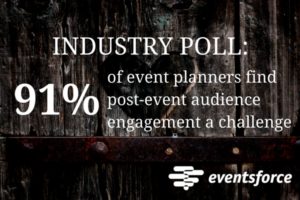









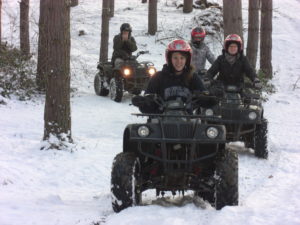



 The annual series of Women into Leadership conferences has established itself as the main go-to event for people interested in seeing more leadership opportunities for women. The 2016 events were held in London, Leeds and Edinburgh, featuring over 50 speakers and more than 1,000 attendees.
The annual series of Women into Leadership conferences has established itself as the main go-to event for people interested in seeing more leadership opportunities for women. The 2016 events were held in London, Leeds and Edinburgh, featuring over 50 speakers and more than 1,000 attendees.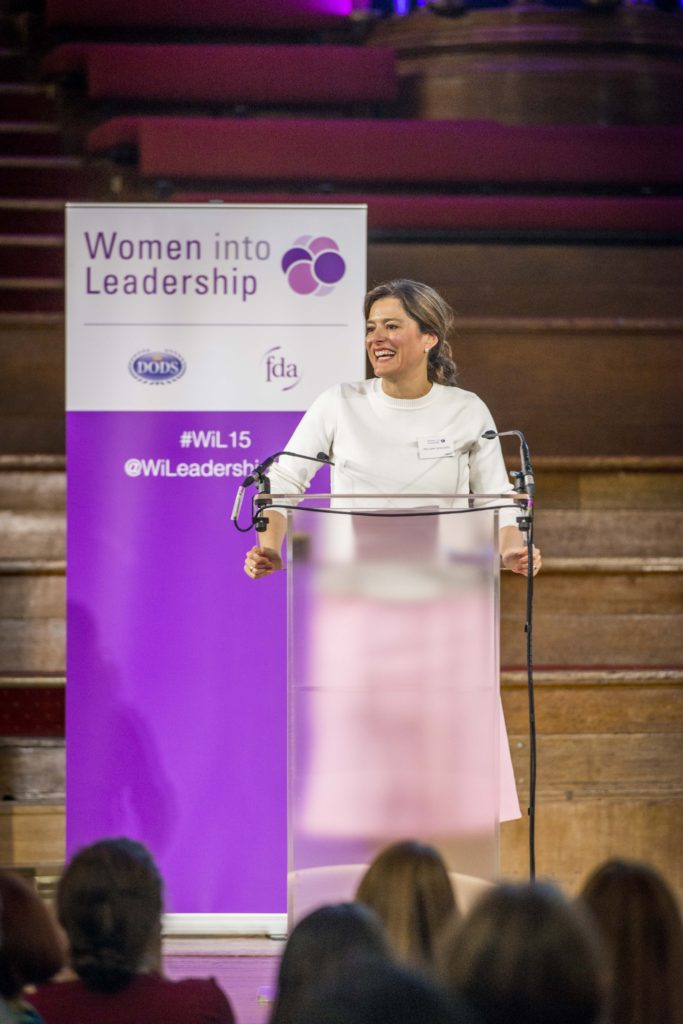 What would you say was the biggest challenge of planning the Women into Leadership events? How do you prepare for a crisis scenario?
What would you say was the biggest challenge of planning the Women into Leadership events? How do you prepare for a crisis scenario? 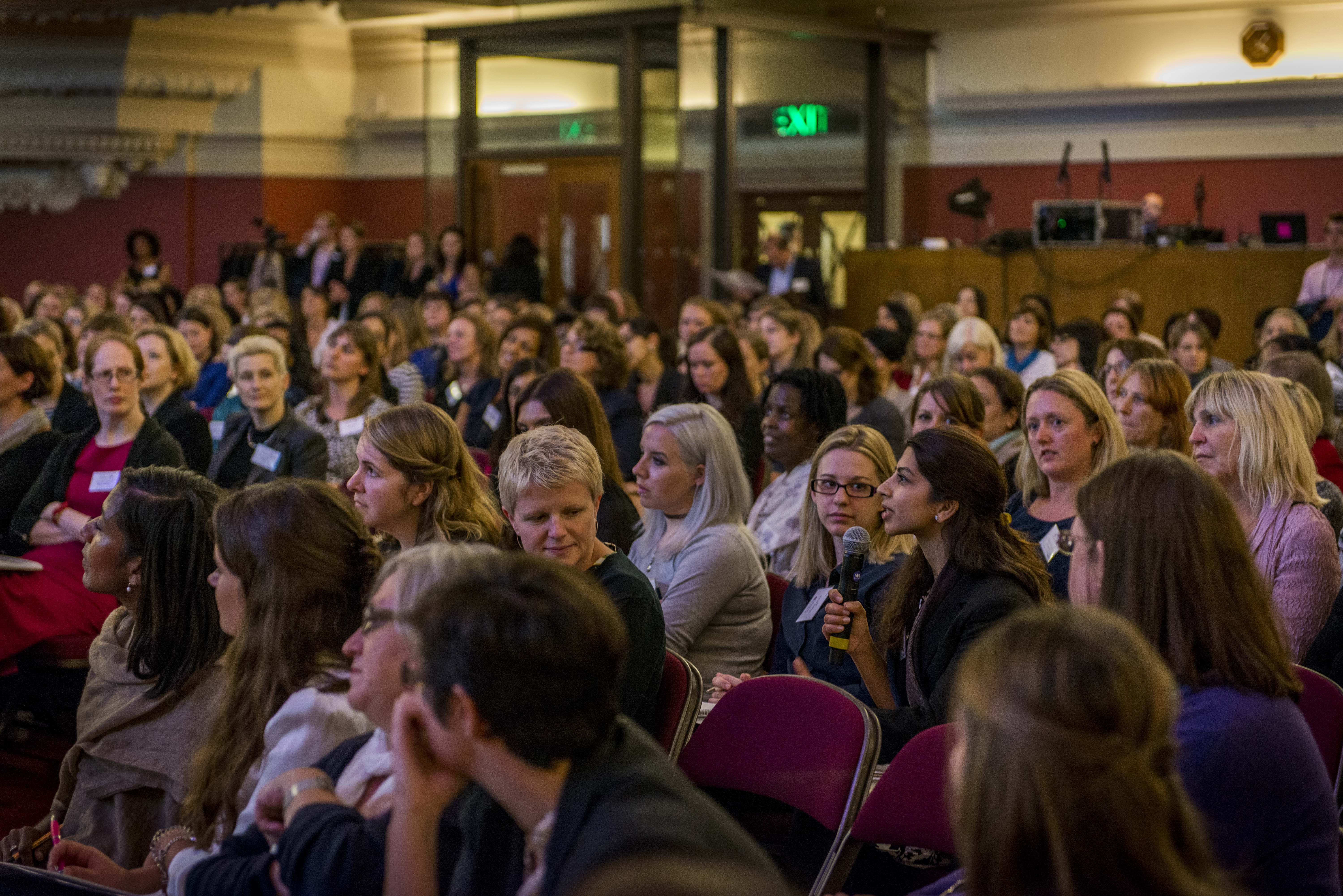 How do you evaluate the success of your events?
How do you evaluate the success of your events? 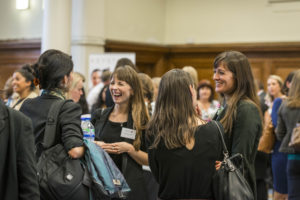 From a Women into Leadership perspective, speaker line-ups are definitely becoming more diverse and event managers are very aware that they are being judged on the diversity of their speakers – it’s very important. Gone are the days when an all-male panel was acceptable – our audience want to hear from a diverse range of people, which reflects the society we live in!
From a Women into Leadership perspective, speaker line-ups are definitely becoming more diverse and event managers are very aware that they are being judged on the diversity of their speakers – it’s very important. Gone are the days when an all-male panel was acceptable – our audience want to hear from a diverse range of people, which reflects the society we live in! This year’s Festival of Marketing (FOM) took place on 5-6 October at Tobacco Dock in East London. It is the largest global event dedicated to brand marketers with more than 200 speakers, workshops, awards, experience rooms and training sessions. Over the two-day event, more than 4,000 marketing professionals came together to discover, learn, celebrate and shape the future of marketing.
This year’s Festival of Marketing (FOM) took place on 5-6 October at Tobacco Dock in East London. It is the largest global event dedicated to brand marketers with more than 200 speakers, workshops, awards, experience rooms and training sessions. Over the two-day event, more than 4,000 marketing professionals came together to discover, learn, celebrate and shape the future of marketing.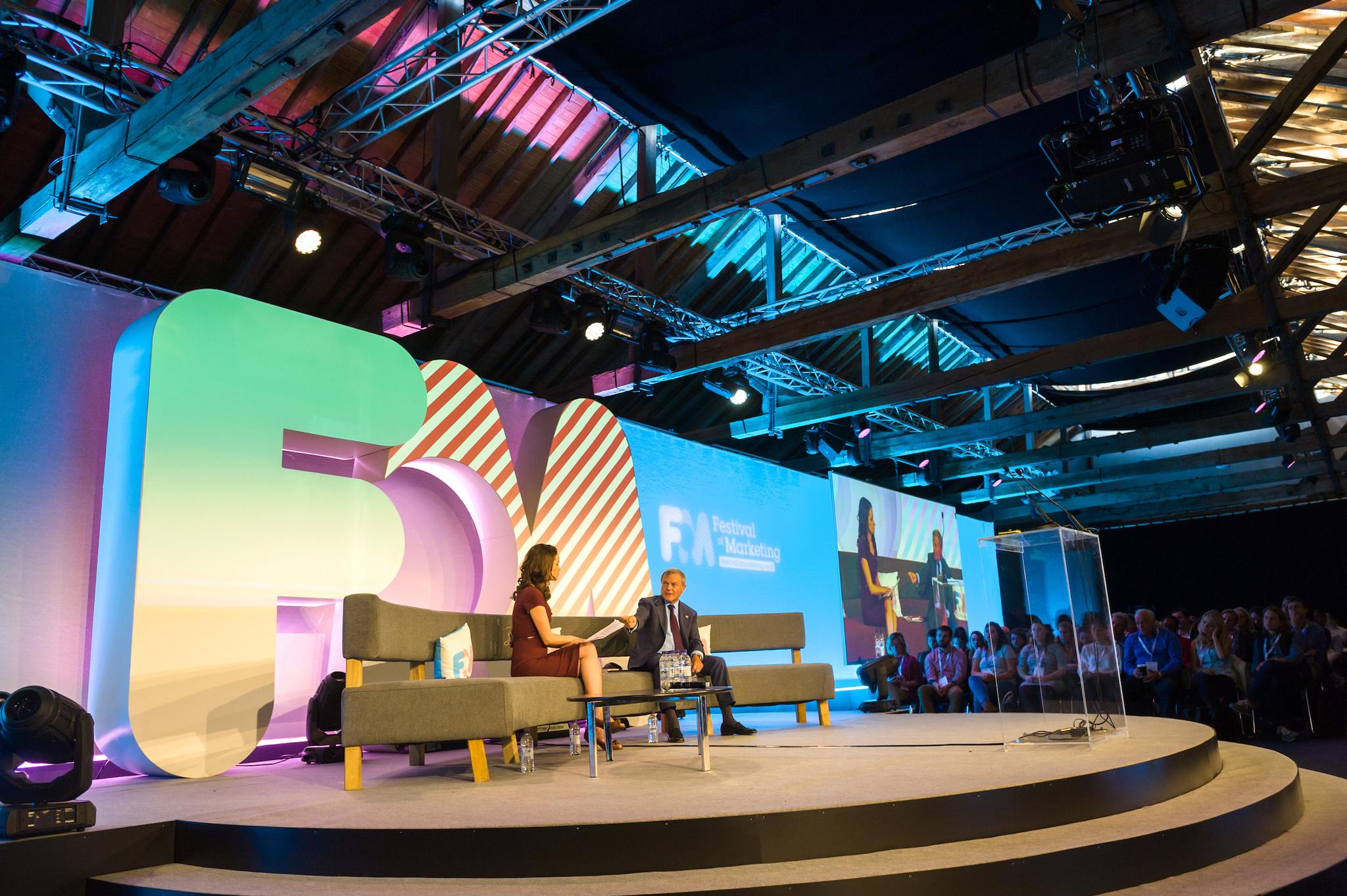 Given the size of FOM, what would you say was the biggest challenge of planning an event this size?
Given the size of FOM, what would you say was the biggest challenge of planning an event this size?  What do you see as the most important trend in the events industry today?
What do you see as the most important trend in the events industry today?